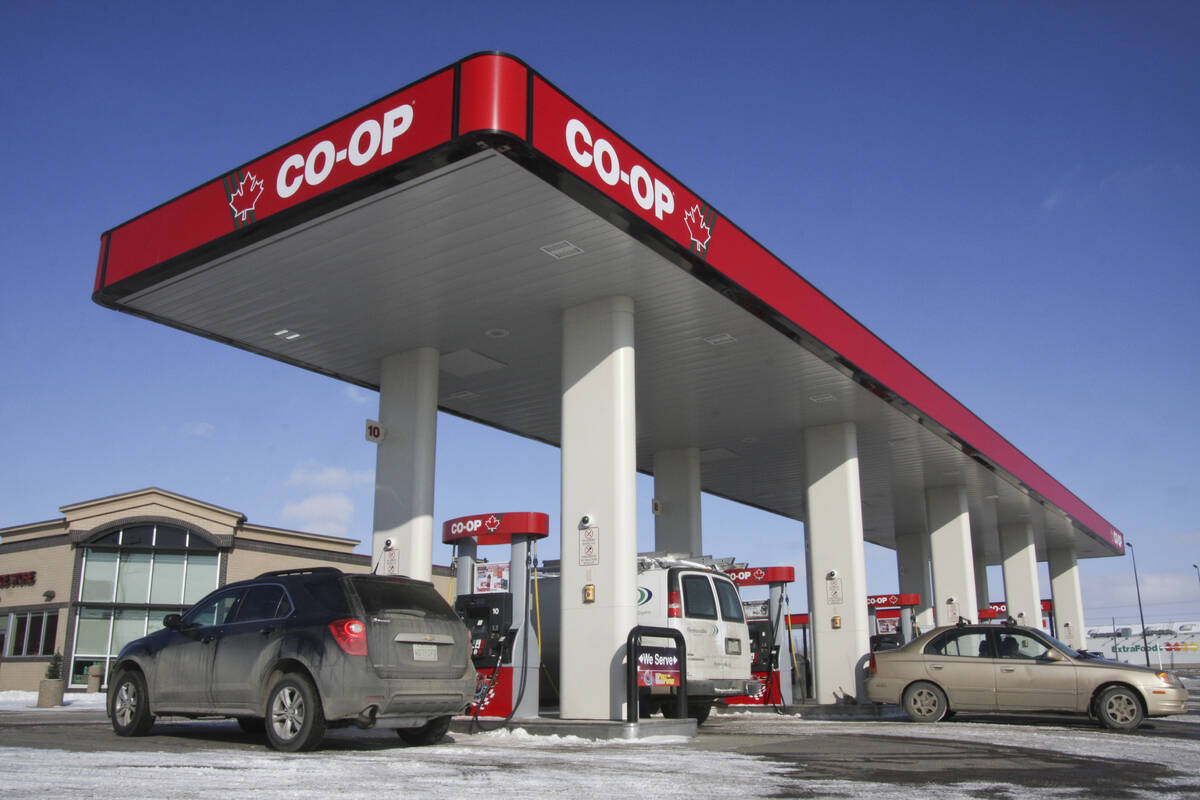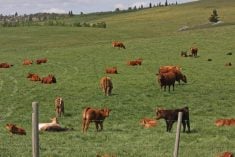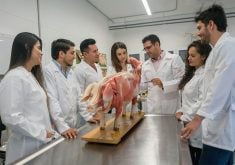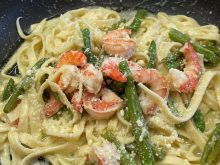MINIOTA, Man. Ñ The sheep were reluctant to go into the barn, perhaps aware of what awaited them.
Brian Greaves urged them into a pen, shut the gate and then disappeared into a nearby room to change his clothes.
With his clothes changed and his clipping equipment well oiled, he was ready to start the task of shearing the sheep.
“I’m not an expert, but I can get the wool off,” said Greaves, as he sheared the fleece from a mature ram.
It’s not an easy task. While propping the ram against his legs, Greaves has to be careful not to accidentally nip into the skin, especially around the animal’s most delicate parts.
Read Also

Fuel rebate rule change will affect taxes and AgriStability
The federal government recently announced updates to the fuel rebates that farmers have been receiving since 2019-20.
“He’ll fight you the rest of the way if that happens.”
Greaves farms with his wife, Karen Hill, and their children, Alison and Mark, at a farm north of Miniota. They raise cattle and sheep and keep most of the land in hay and pasture.
Greaves moved to Canada from New Zealand 12 years ago. He and Karen married that same year. Since then, they have built up their farm by buying land that belonged to her father, who was a former provincial agricultural representative, and two of her uncles.
They live in an area with sandier soils, so much of their effort has been devoted to converting the land from annual cropping into forages. They now plant only 80 to 100 acres of crop per year for the sake of harvesting grain for their livestock.
They also have made many improvements to the yard site where they live. Older buildings were torn down or repaired and shelterbelts line the yard to break the winds that sweep along the knoll where their house and barns are located.
Greaves said he has been working with sheep and cattle since he was five years old. His father, a livestock buyer, did not farm but Greaves found plenty of work at ranches in the area where he grew up. Over time, that enabled him to advance from being a shepherd to becoming manager of farm properties.
He and his first wife bought a ranch in New Zealand in 1980, but surviving as a rancher there came with its challenges.
Land prices were high, partly due to Japanese buyers wanting to establish more intensive agriculture, such as fruit orchards grown under irrigation. Greaves was just getting established when interest rates soared to more than 20 percent and the New Zealand government withdrew its price guarantees for lambs.
The difficulties cost Greaves his farm.
“It also cost me my first marriage,” he said.
It was a turning point in his life. The prospects of being able to again buy a ranch in New Zealand were bleak, so he needed to look elsewhere for opportunities.
“Land is so expensive back in New Zealand. There’s no way I could ever own my own land.”
He has adapted well to agriculture on the Prairies and has embraced innovations that he thinks will improve their land and their bottom line.
Their cereal crops are grown using zero-till and Greaves is sold on the benefits of rotational grazing, although he has taken that practice one step further by grazing each pasture paddock first with cattle, followed by sheep.
He has watched the productivity of their pastures improve by overlapping rotational grazing with multi-species grazing, although he said it can be difficult convincing other cattle producers that sheep and cattle can be run together.
“It’s going back mainly to when the Prairies were first settled. The native prairie pastures can’t withstand the hard grazing of sheep and there is a myth out there that cattle can pick up disease from sheep.”
Meanwhile, he has changed their calving season so that most of their calves are born in spring but others are born in the fall. He doesn’t think he has sacrificed profit by moving away from winter calving and the split calving season gives him a greater range of marketing options.
And he doesn’t miss the hassles of checking expectant cows on cold winter nights.
The lambs are born in the spring and reach weaning weight in August. That adds to the number of times each year when there is money coming back to the farm from livestock sales.
While he enjoys working with cattle, Greaves has a special interest in sheep. He is working on developing a crossbred that will improve the quality and volume of their wool.
“You can tell by the colour of the wool how much nicer it is,” he said, while sifting through wool sheared from one of the rams, tearing away clumps of fleece that could cause discounts on the price.
“I’m trying to develop the wool without sacrificing too much of the carcass,” Greaves said, noting that wool prices improved last year, but the most likely way to remain profitable as a commercial sheep producer is to have an animal with good yields of both meat and wool.
As a producer of both sheep and cattle, Greaves is among the prairie producers most affected by the closing of the United States border to imports of live ruminants. He said a saving grace has been their avoidance of taking on too much debt.
“Basically, what’s kept us going is keeping our overheads down, not overspending and not running up high mortgages.”














